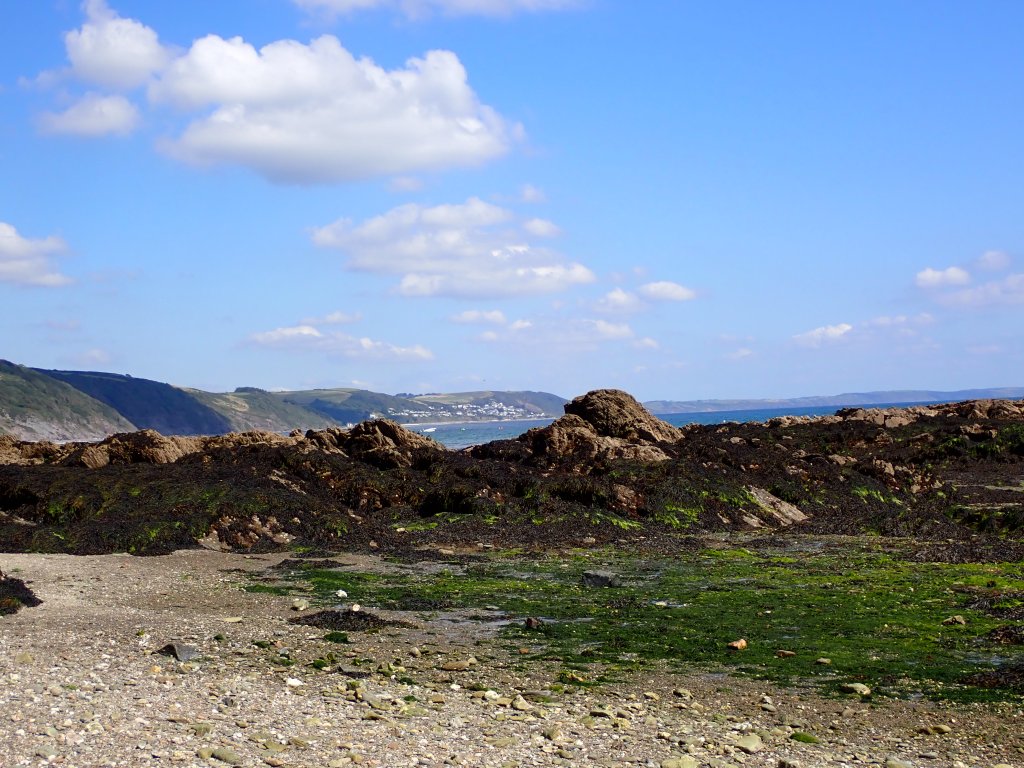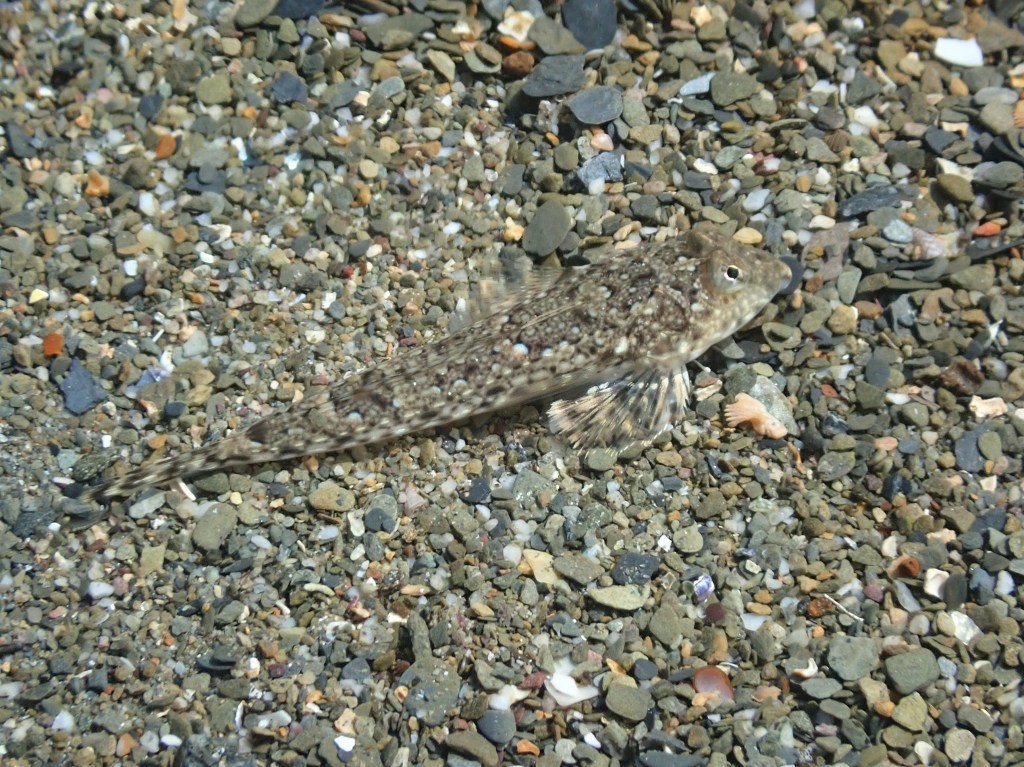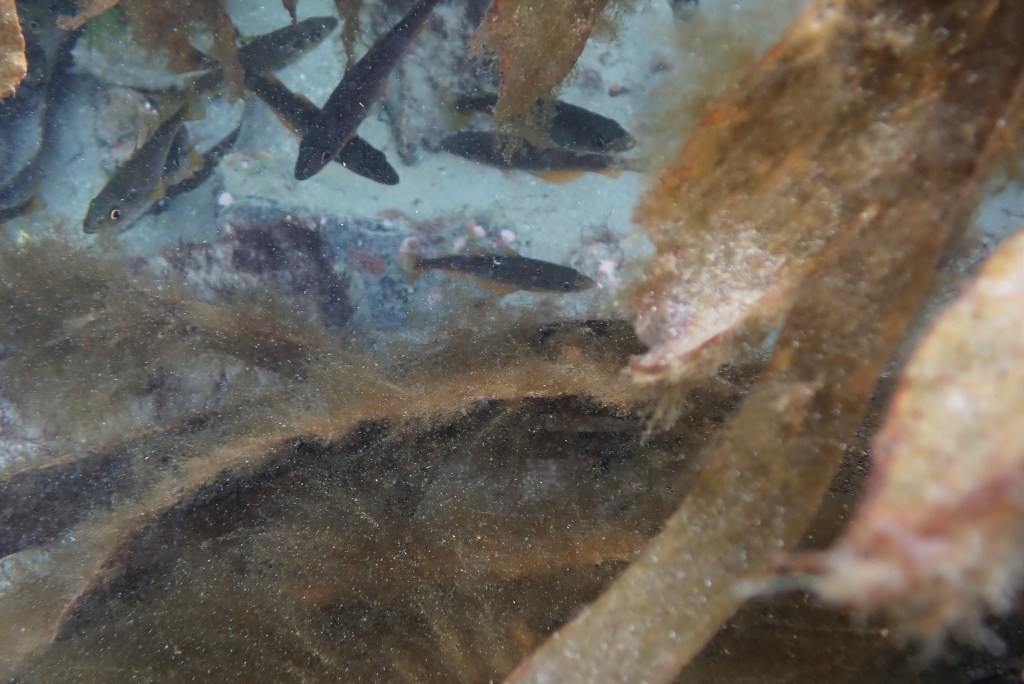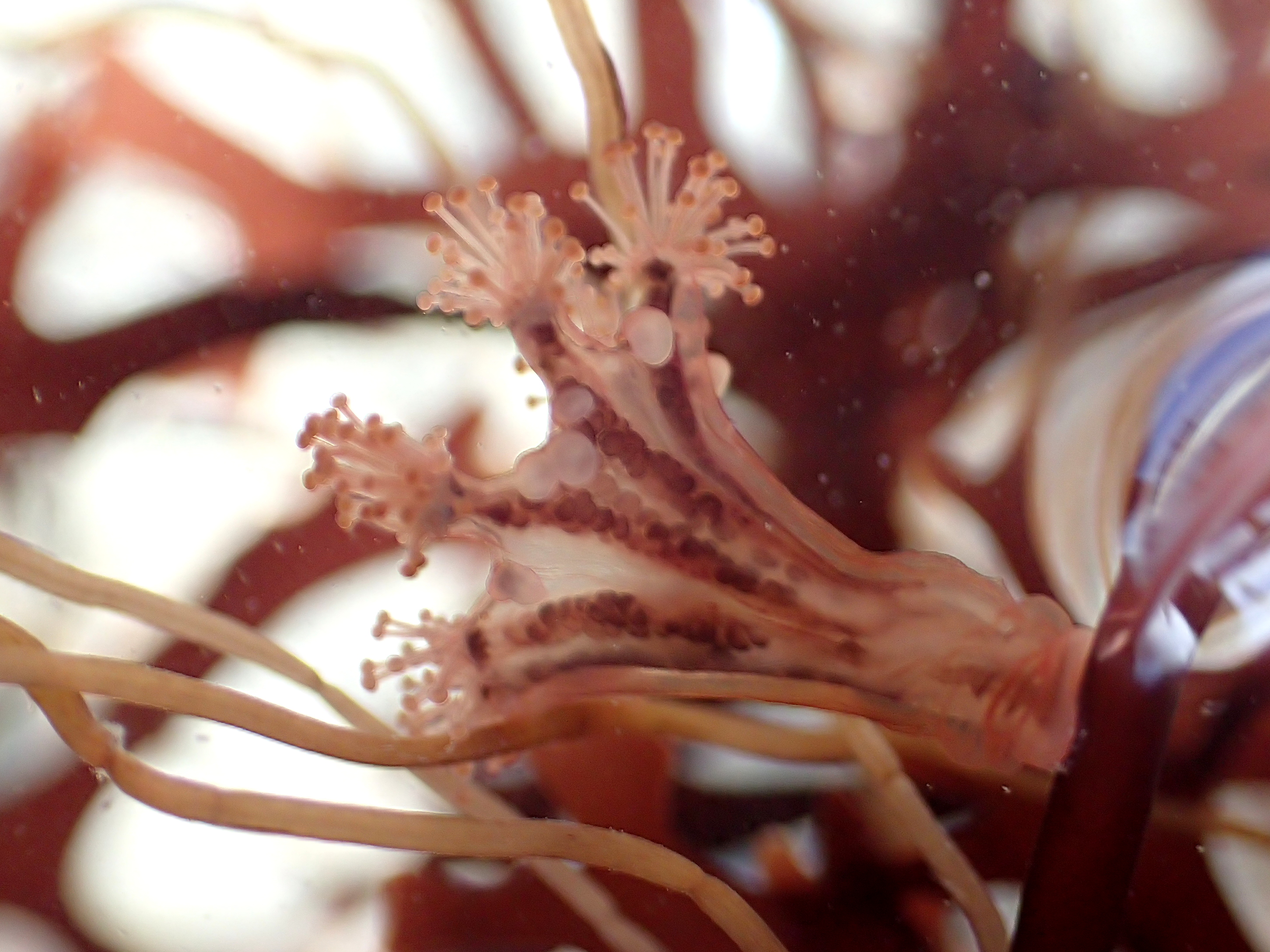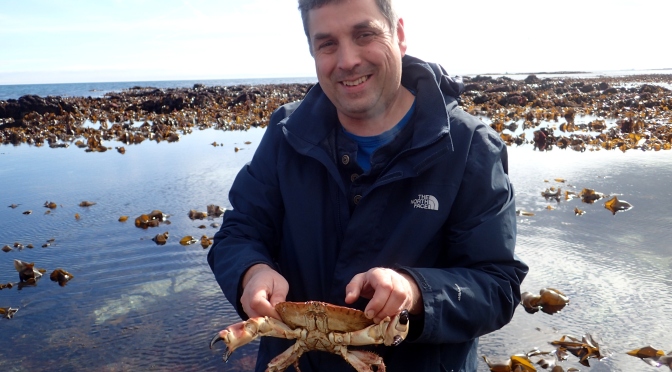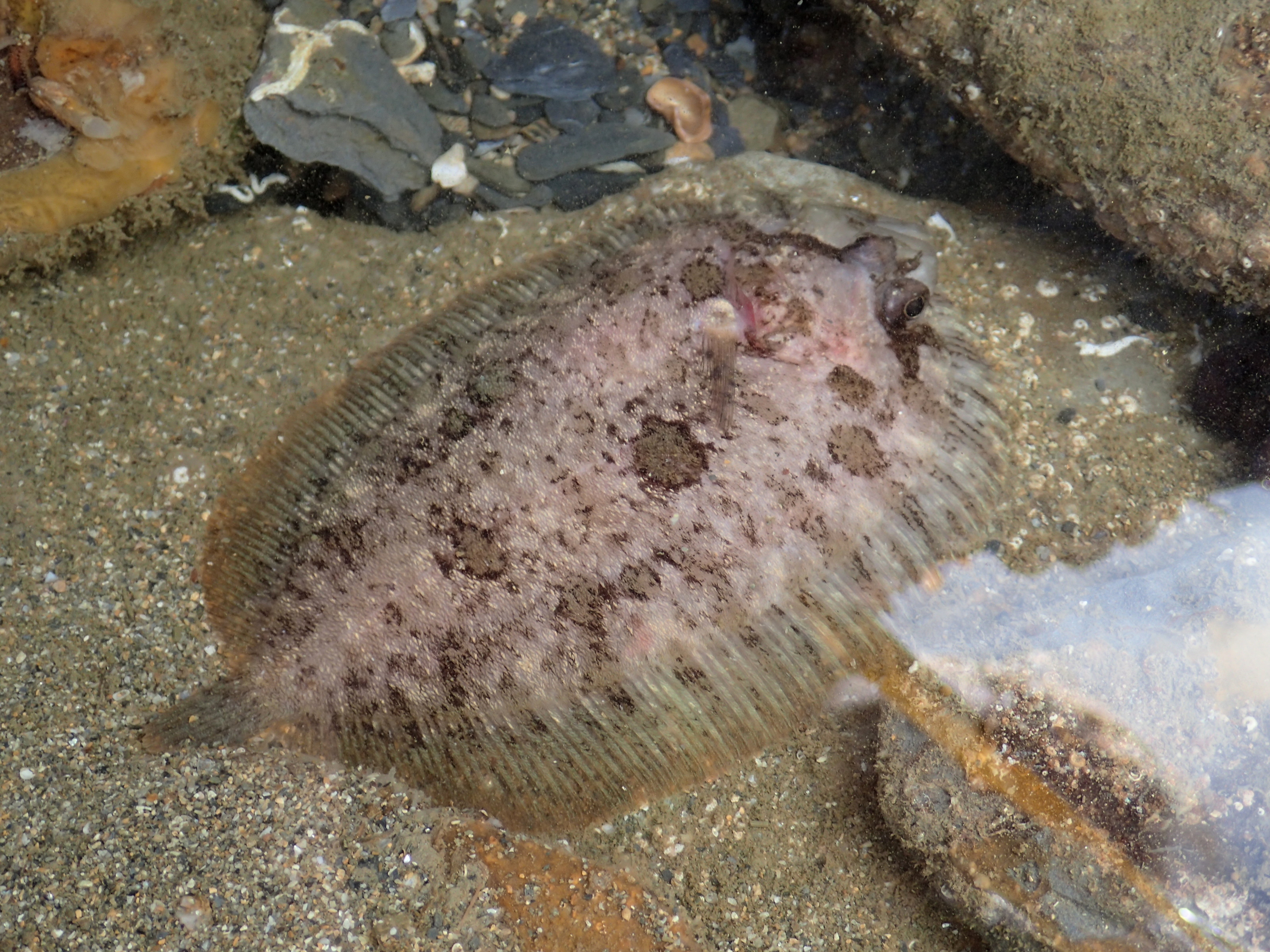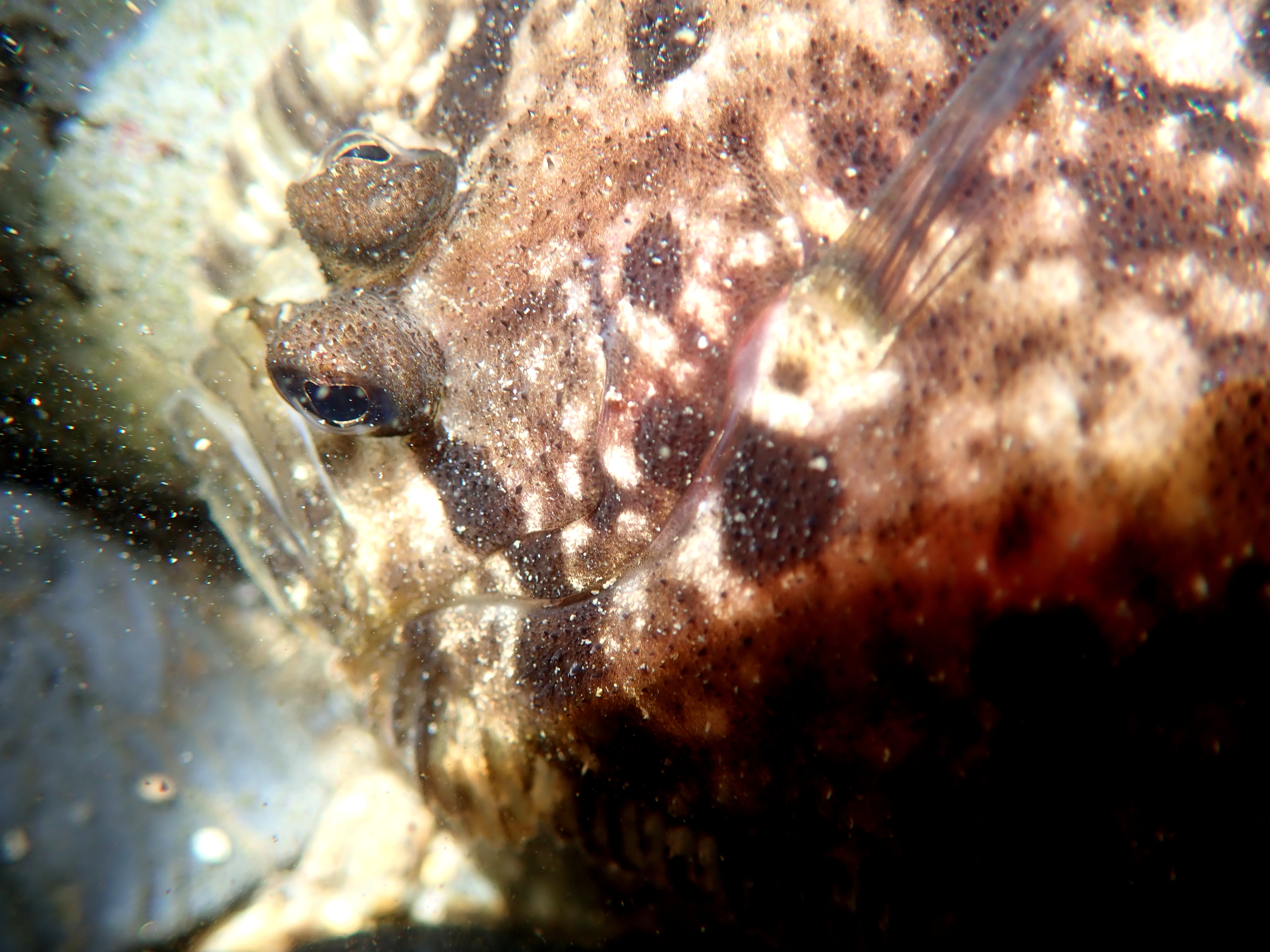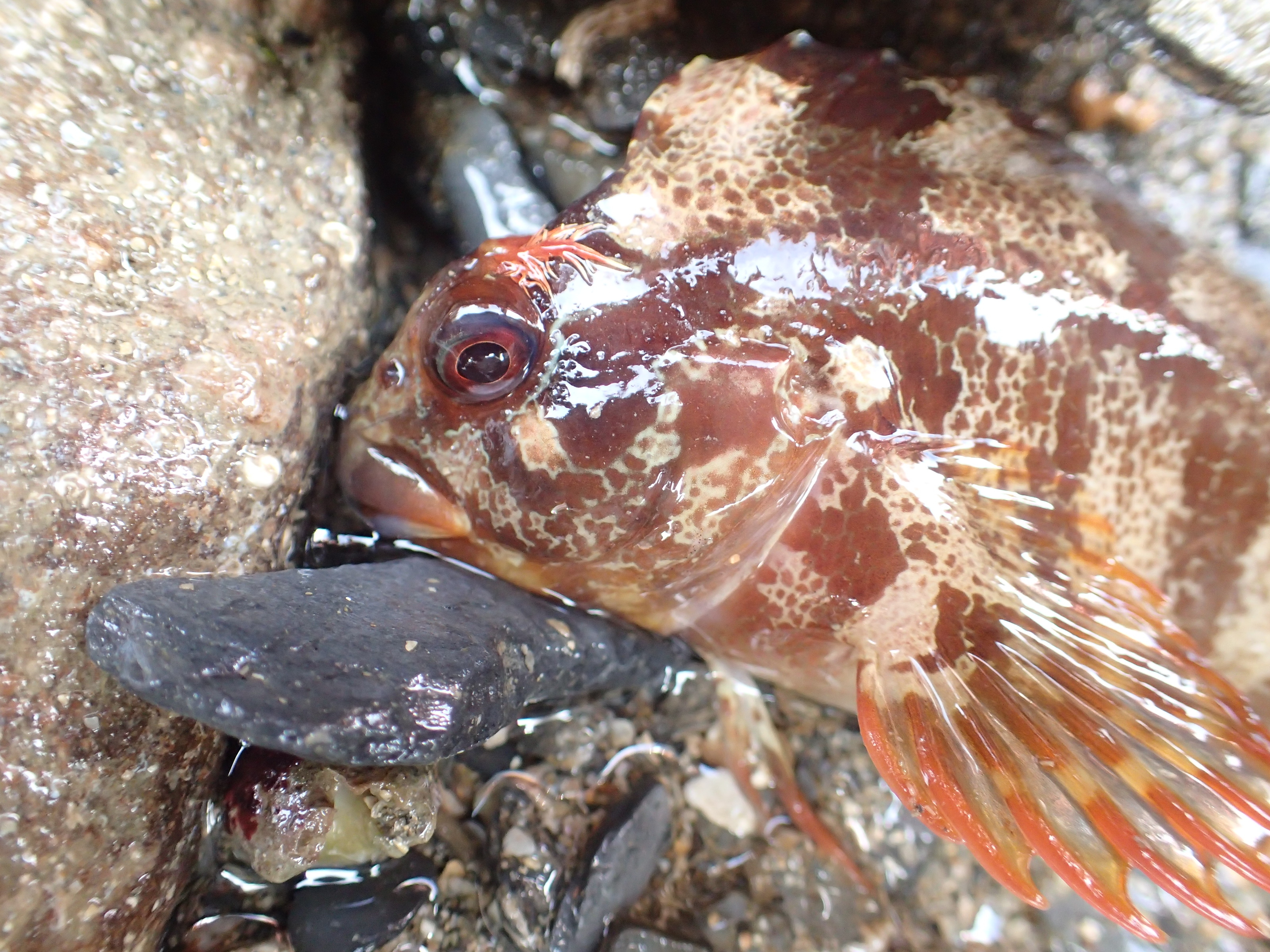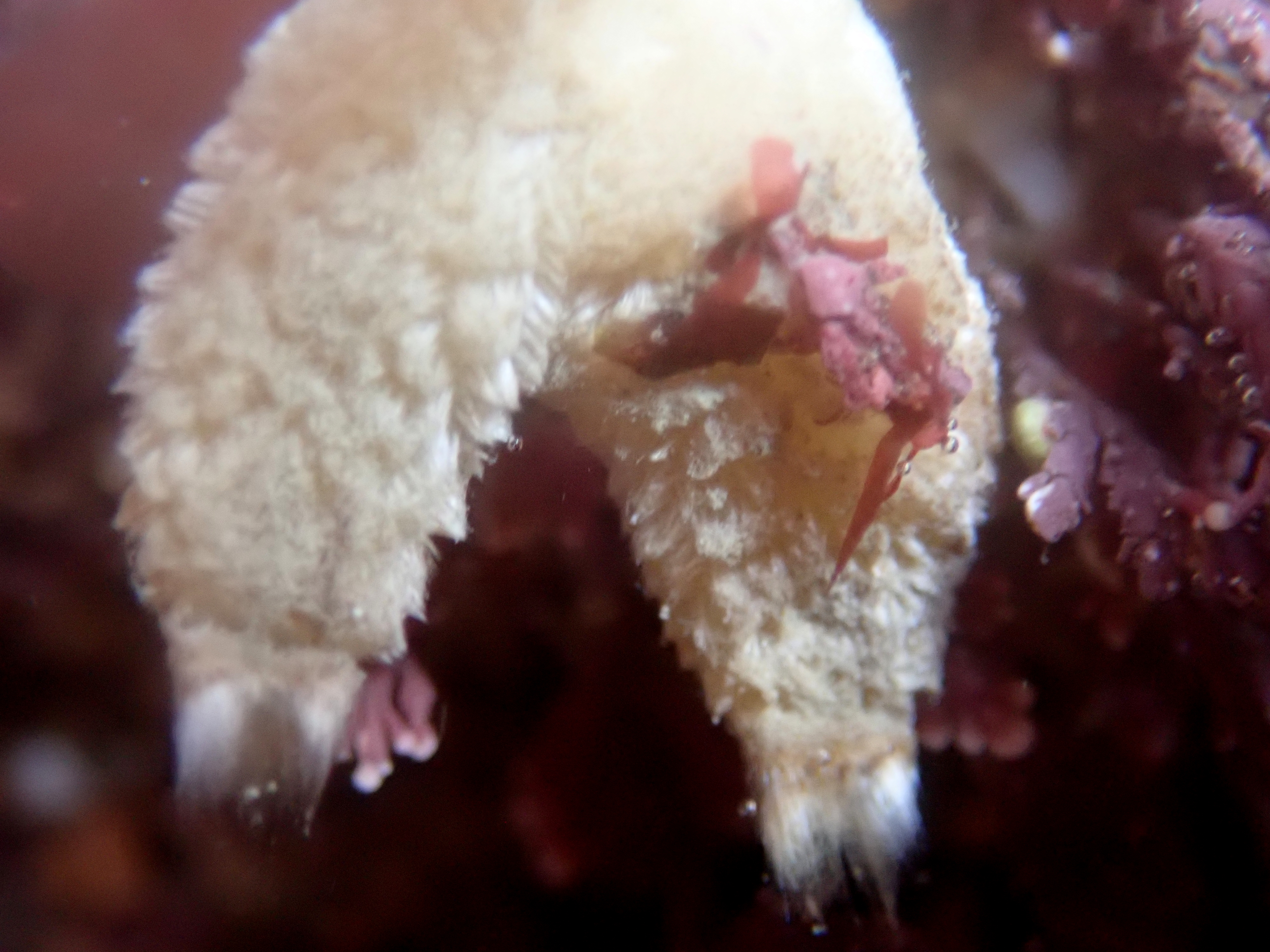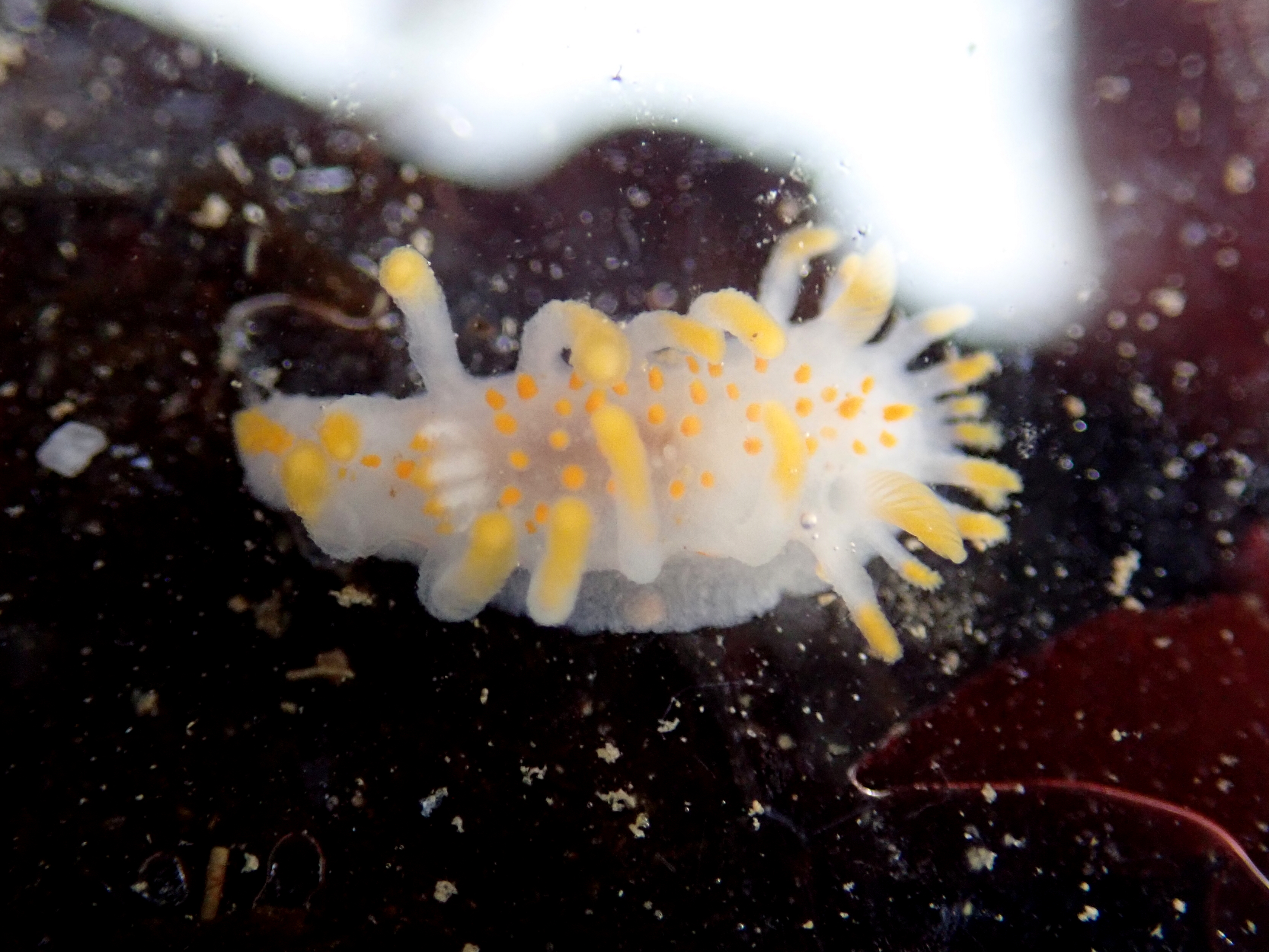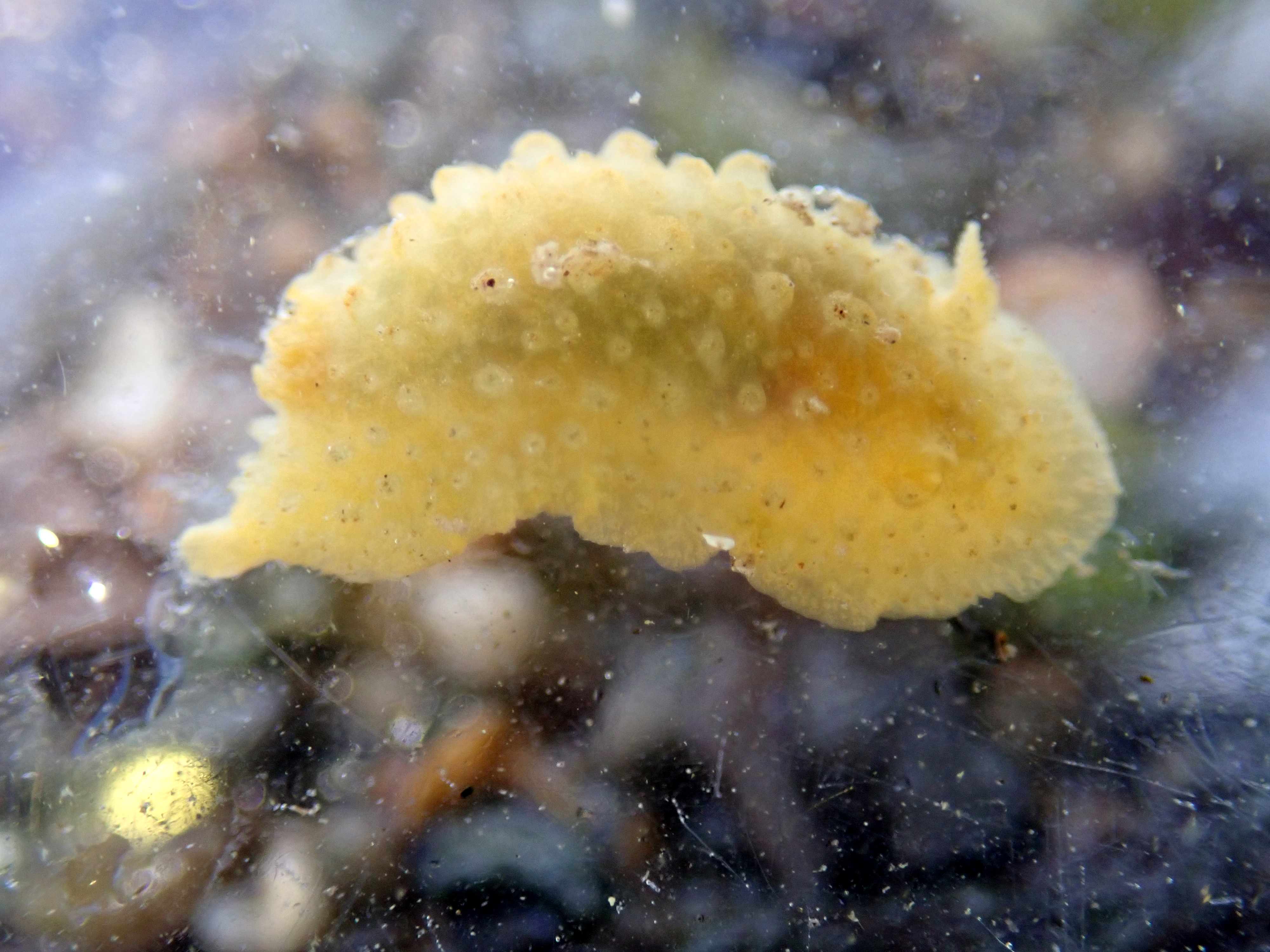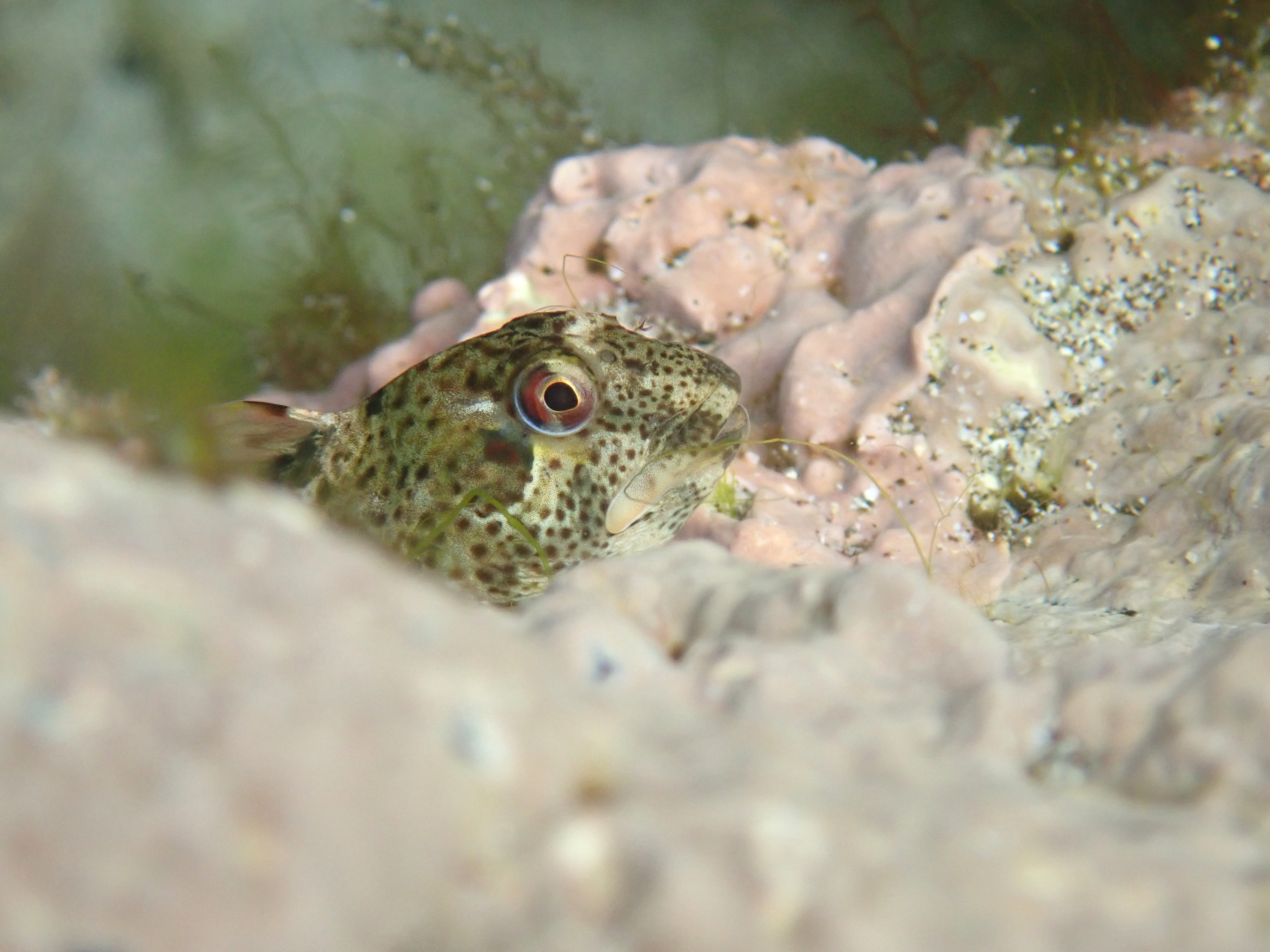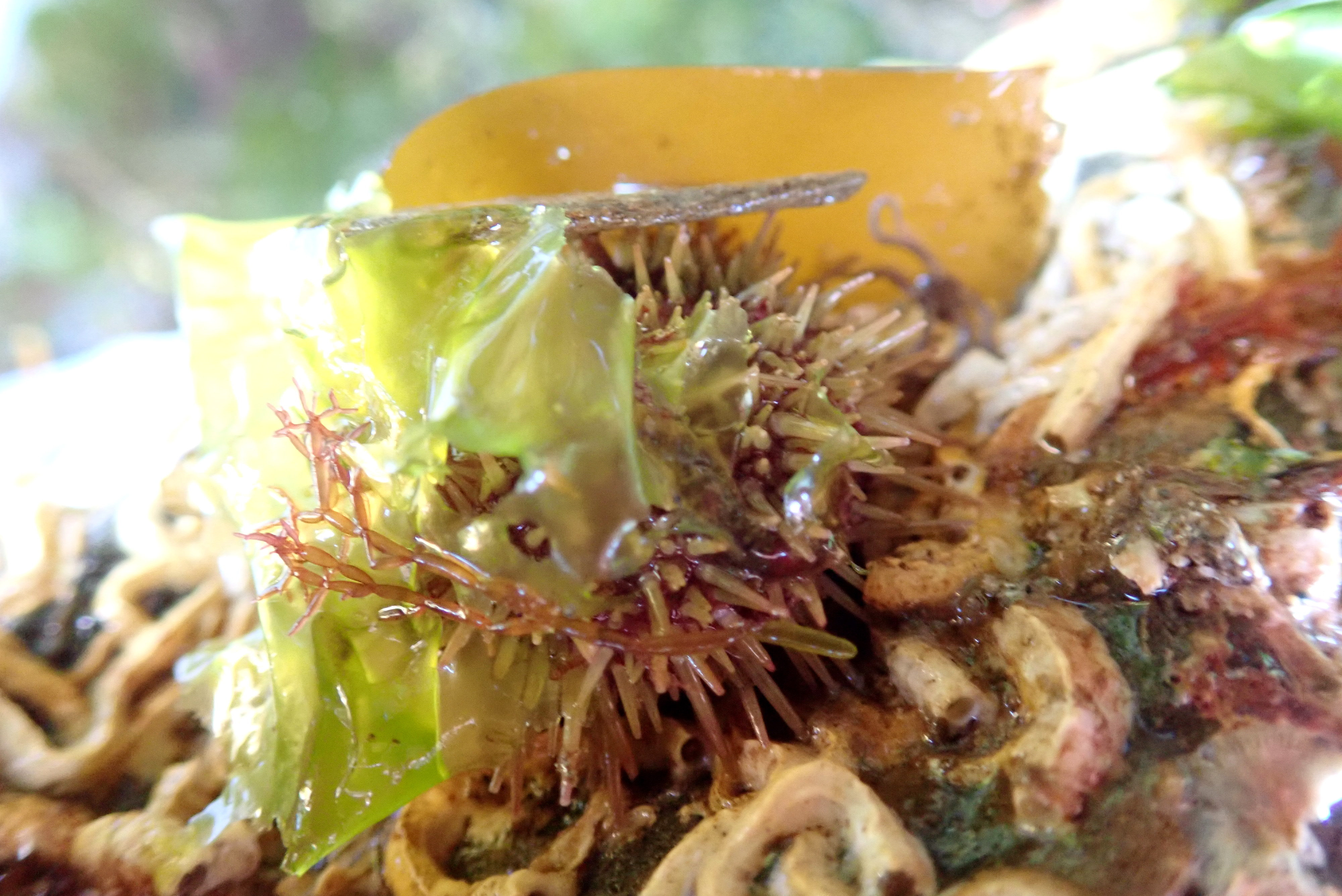No matter how many times I go rock pooling, something always takes me by surprise. It helps that I’m constantly awestruck by simple things: the blue flash of a kingfisher zipping over the pools; the unfurling tentacles of a fanworm; a seaweed-covered stone that turns into spider crab – sprouting legs and walking off.
Today, Junior and I are looking for little cuttlefish because that’s what we always do in shallow, sandy pools. We won’t find any, but that never matters. Whatever turns up will be the best thing ever.
Although the pools look deserted, I know they’re not. I stand still in the water and am reminded of games of ‘Grandmother’s Footsteps’ in the playground. There are flickers of movement at the edges of my vision, yet each time I look towards them there is nothing but clear water covering smooth sand.
A dragonet is the first creature to break cover, gliding noiselessly in short bursts. Every time the fish stops swimming, my eyes struggle to make out its triangular, small-mouthed head or slender tail against the sand. Only the orange glint of its eyes, which protrude from the top of its head like a cartoon drawing, give the dragonet away.

It takes me several attempts to lower my camera into the water. The fish darts away at the slightest disturbance. Even close-up, the wavy blue patches and dark saddle patterns on the fish’s back blend with the colours of the sand. Sometimes I take a photo and realise afterwards that the fish isn’t in it.
The sand in the pool is pock-marked with tiny craters. Keeping my camera in the water I wait for the creators of this miniature battlefield to reveal themselves. After a few moments, I am rewarded with a frantic jet of sand shooting out of the bed of the pool to my left. Another erupts to my right.
Zooming in to the source of the sand-flinging I can see a solitary common shrimp, digging like an eager puppy, throwing sand out in every direction as it sinks deeper into the pit it has made.
A minute later, it moves on to another spot and resumes its endeavours. All around me, other shrimps are digging in earnest to find food. If I move at all, they fling sand over themselves until only their googly eyes are still visible.
Small, brilliantly camouflaged, gobies also flit about the pool, occasionally photo-bombing my attempts to photograph the shrimps. These may be sand gobies or common gobies; it takes close examination to separate the two species and they have no plans to stay still for long enough.
We follow the tide, pulled ever further out through the pools by our curiosity, exploring under rocks and among the seaweed until we are at the seaward edge of the rocks. In the summer we snorkelled just a few metres from here at mid-tide, seeing small spotted catsharks, wrasse and comb jellies over the seagrass and kelp.


Junior finds a south-clawed hermit crab (Diogenes pugilator) that has been washed in by a wave. We place it in a more sheltered spot and it has disappeared in seconds, burrowing into the soft sand.
By this point my hair is soaked from putting my head close to the dripping-wet seaweed that hangs over the rock faces, looking into every nook and cranny. I can see that Junior is plastered head to toe in sand from building a huge tide fort. It’s a happy sort of look. In any case, there’s nobody here to judge us apart from some whistling oystercatchers and they are too busy impaling limpets to worry about us.
Crawling up to a small overhang with my chin almost touching the sand, I lift the fringe of sea lettuce aside and meet today’s surprise. A large, amber eye, as big as my own, is looking back at me.
It belongs to a sharp-nosed brown fish whose body is hidden by the deep, dark hollow beneath the rock. I move my own nose back a little from its long, sharp jaw.
If this is what I think it is, that body will be long and the jaws contain a powerful set of teeth that make it an efficient predator.
Junior knows I only call him away from his work when there’s something truly exciting to see and I am massively excited. I’m pretty sure this is the first conger eel we have ever found on the shore.
For a moment, we wonder if it is alive. There is hardly any water under the overhang and the fish doesn’t move. I sloosh some water from the pool through the gap in the rock and the fish repositions its head to take in the oxygen. The tide is already on the turn so it will be fine.
I take a couple of photos, pour some more water into the overhang and leave our fish-friend in peace.
It’s a good thing there is no-one to see the pair of us, covered in sand, dripping wet, dancing and singing our way back off the beach with the waves at our heels. It isn’t most people’s idea of a beach party and the pun is terrible, but we couldn’t care less.
“Do-do-do. Come on and do the conger!”
Happy New Year! Here’s to all of you who have done your bit to help wildlife and make the world a better place in 2021.
With thanks to the experts on Facebook groups who confirmed I was correct in my feeling that the fish looked ‘congerish’.
Some other finds from this expedition…

Whatever the weather, always stay safe in the rock pools. Follow my rockpooling tips to look after yourself and the wildlife on the shore.
This website is a labour of much love and the content is available for free to everyone. My wonderful readers often ask if there is a way to support my work. You can now ‘buy me a coffee’ through my Ko-fi.uk page. (Just click donate and you can set the amount to pay by PayPal). Thank you!



























